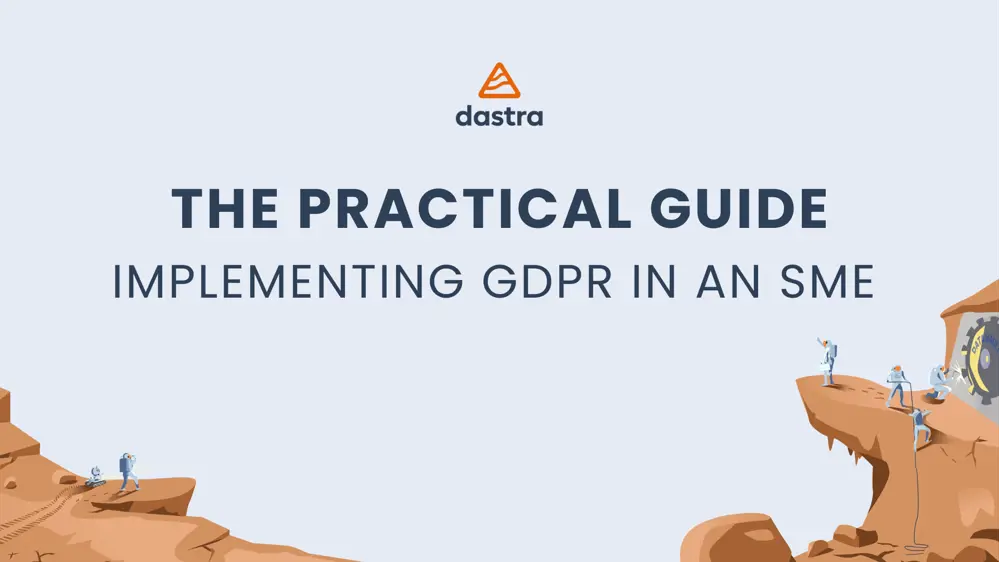The General Data Protection Regulation (GDPR) aims to enhance the protection of individuals' personal data. Although often associated with large corporations, compliance is equally crucial for SMEs, which also handle sensitive data.
Implementing **GDPR in a small or medium-sized enterprise **may seem complex, but here is a practical guide to assist you in this process!
Step 1: Create a record of processing activities for SMEs
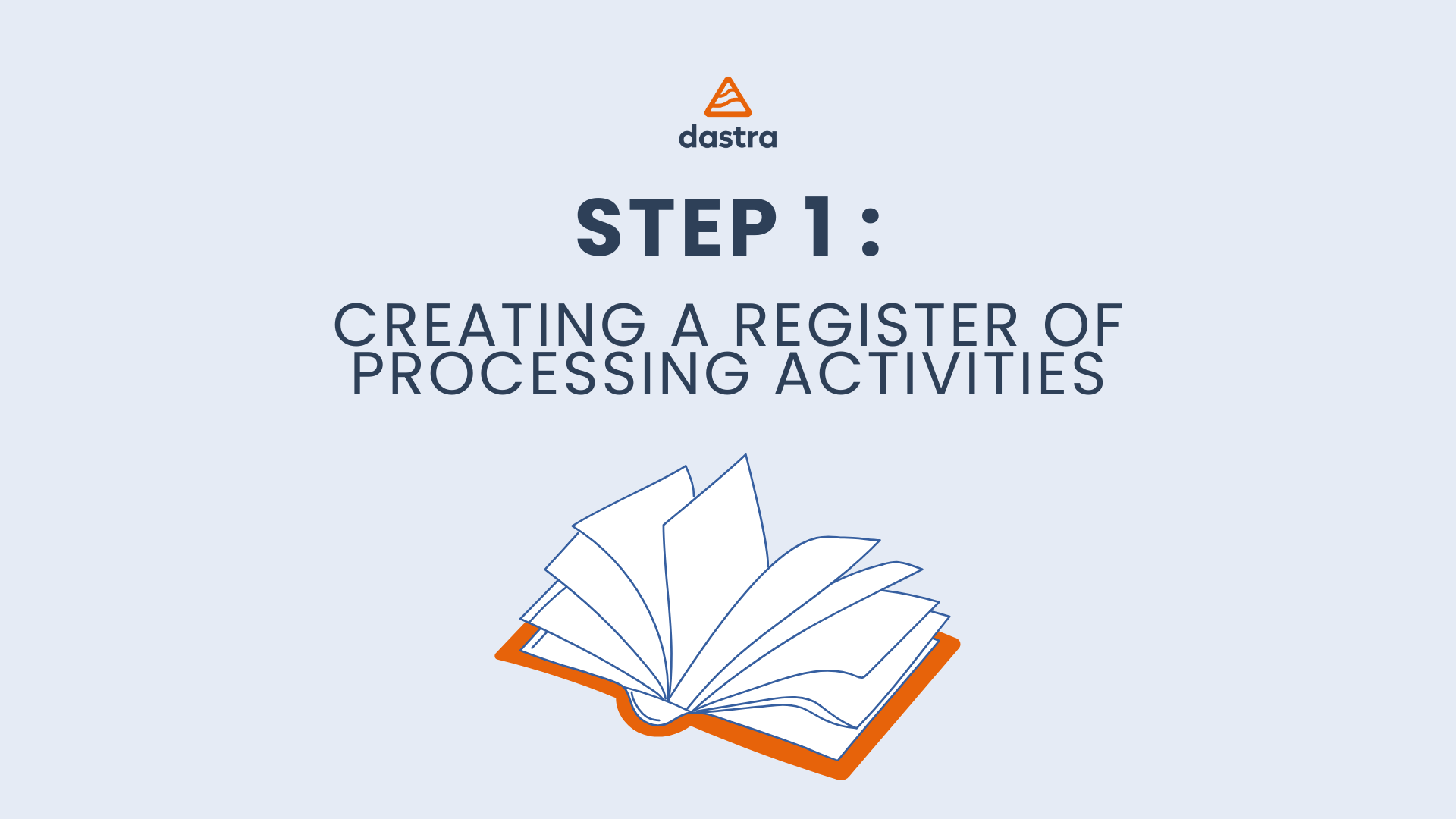
The record of processing activities will allow you to gain an overall perspective of all the personal data processing operations conducted by your organization.
Firstly, we invite you to identify all the activities of your organization involving the use of personal data. This may include customer and prospect data, recruitment data, sales data, or payroll management data.
Next, we encourage you to create a separate sheet for each activity, specifying the following elements:
Objective: Clearly define the purpose of each operation. For example: assessing profitability and stability, customer loyalty, guiding research and development of new products.
Categories of processed data: Specify the types of personal data involved in each activity. For instance, in recruitment, this could include name, first name, address, phone number, and email address.
Data access: Indicate all individuals or departments with access to the data. This may include the recruitment department, IT department, or management.
Data retention period: Determine the duration during which the data is operationally useful, as well as the archiving period.
The business leader is responsible for the register. Ensure that the record of processing activities is kept up to date by engaging in regular discussions with all personnel who may process personal data within the company. This will ensure a comprehensive and current record, compliant with data protection standards.
Step 2: Organize data for an SME
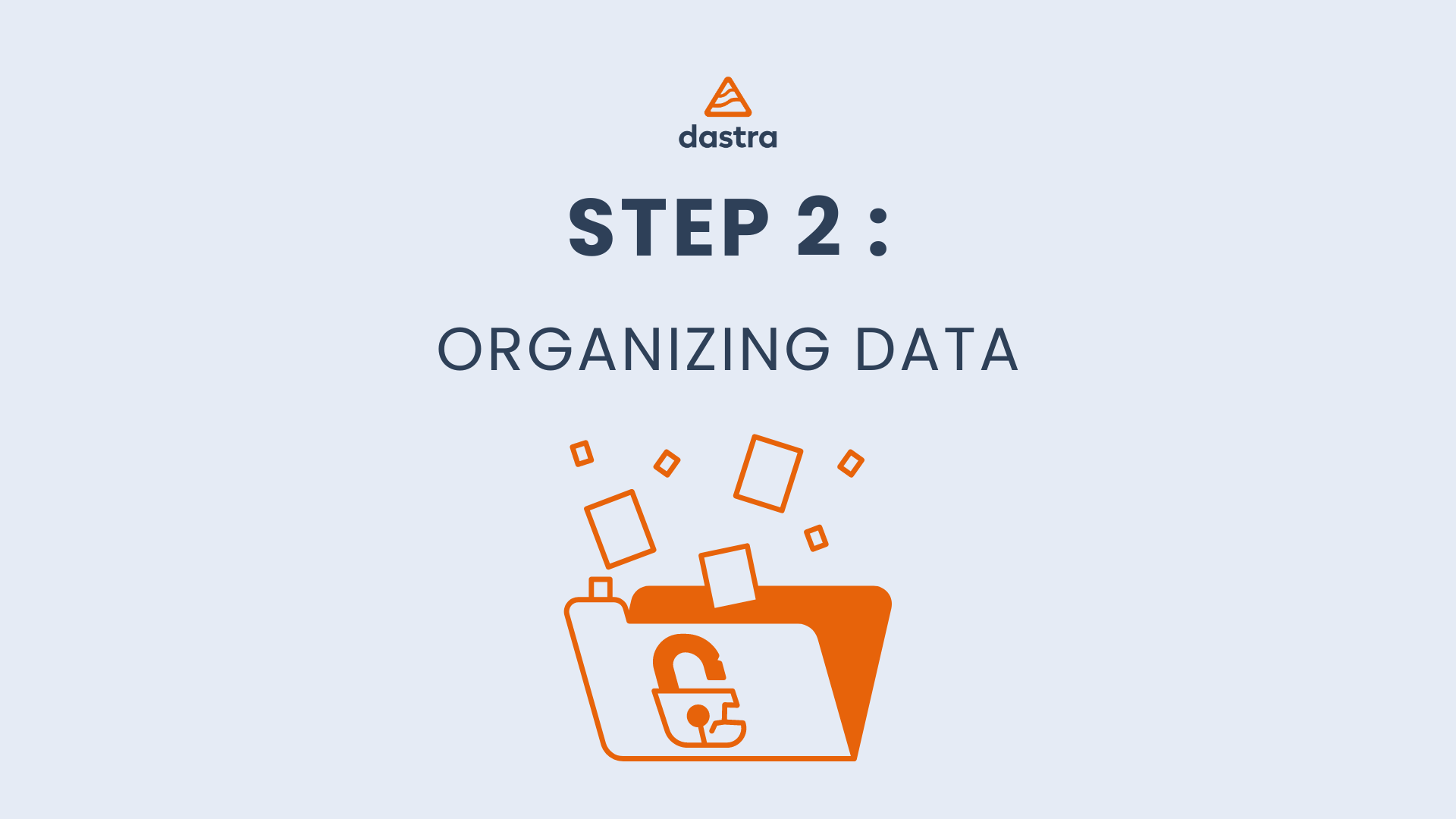 When creating each record sheet, ensure that you maximize the relevance of the data for your activities. Avoid collecting unnecessary information, such as the family situation of your employees, unless directly related to specific services or compensations.
When creating each record sheet, ensure that you maximize the relevance of the data for your activities. Avoid collecting unnecessary information, such as the family situation of your employees, unless directly related to specific services or compensations.
Prioritize data security by not processing any sensitive information unless you have the full right to do so. Ensure restricted access to data, limited to only authorized personnel.
Optimize your practices by regularly reassessing access permissions within your company. Reduce data collection by eliminating any superfluous information. Explore the possibility of implementing automatic deletion or archiving rules in your applications after a specified period.
Take this opportunity to strengthen data security and improve the efficiency of your operations within your SME.
Step 3: Respect and preserve the rights of individuals
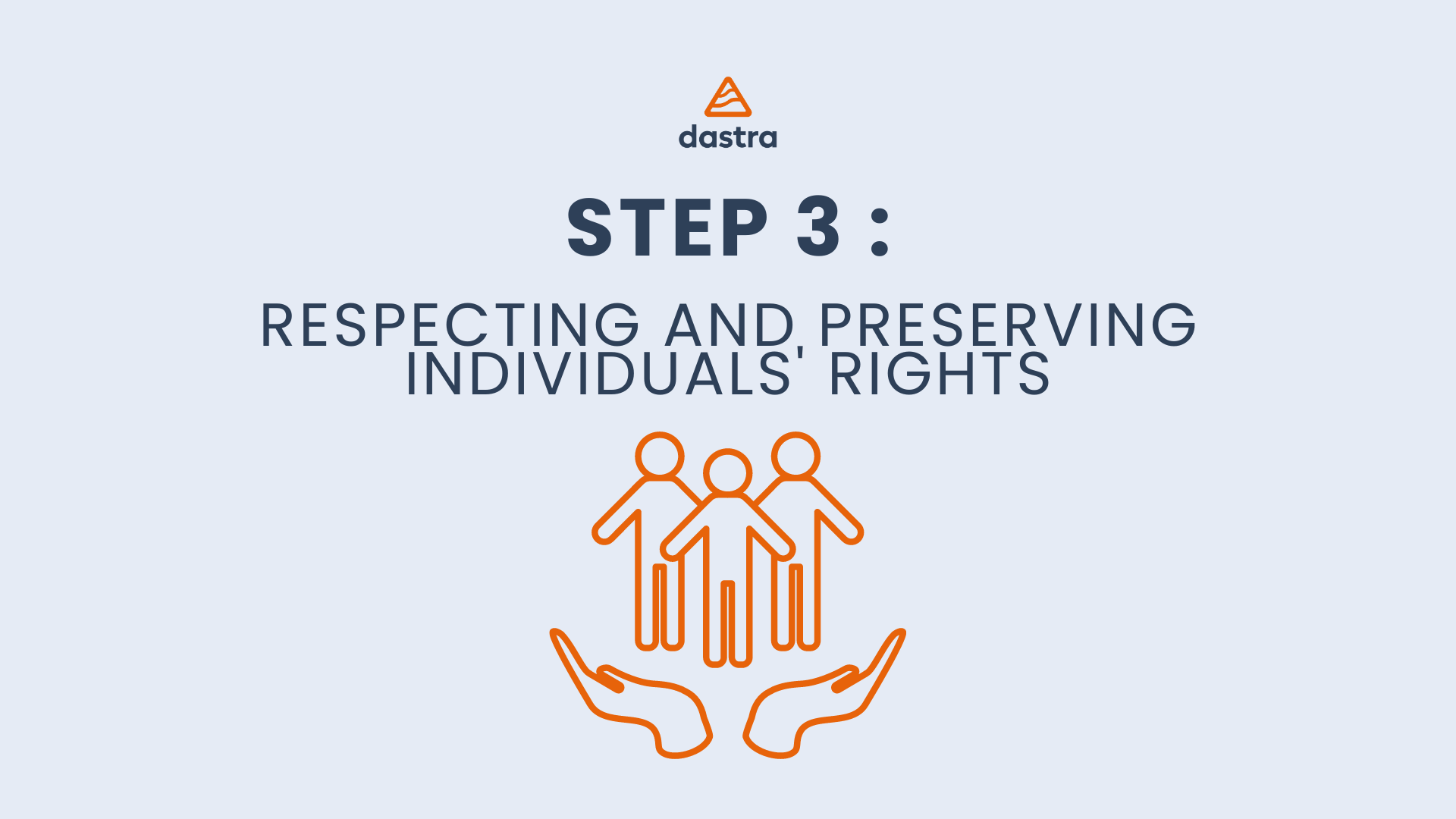 The GDPR increases the need to provide information and ensure transparency towards individuals whose data you handle (customers, prospects, employees, etc.).
The GDPR increases the need to provide information and ensure transparency towards individuals whose data you handle (customers, prospects, employees, etc.).
The Right to Information
Individuals must be informed clearly and transparently about how their data is used. Information should be easily accessible!
This information should include:
- The reasons for collecting the data (the "purpose")
- The legal basis authorizing the processing (consent, contract, legal obligation, legitimate interest, vital interest)
- Recipients of the data
- Data retention period
- Procedures for exercising rights
- Any data transfers outside the EU with details on the country and legal framework.
Best practice : To avoid having lengthy statements in your form or questionnaire, we recommend providing a link to your privacy policy and information notices.
Facilitate the exercise of individuals' rights
Establish clear internal processes to manage and respond to individuals' requests (customers, employees, service providers, etc.). Individual rights include access, rectification, objection, erasure, portability, and restriction of processing.
To do this, consider appointing a [Data Protection Officer](https://www.dastra.eu/en/solution/data-protection-officer) (DPO) responsible for ensuring GDPR compliance within your company.
You can also provide practical means for individuals. For example, by integrating a dedicated contact form, a phone number, or a specific email address. You can also use a cookie widget for managing user consent!
Internally establish a process ensuring quick identification and processing of requests within a timeframe not exceeding one month.
Step 4: Secure the data of an SME
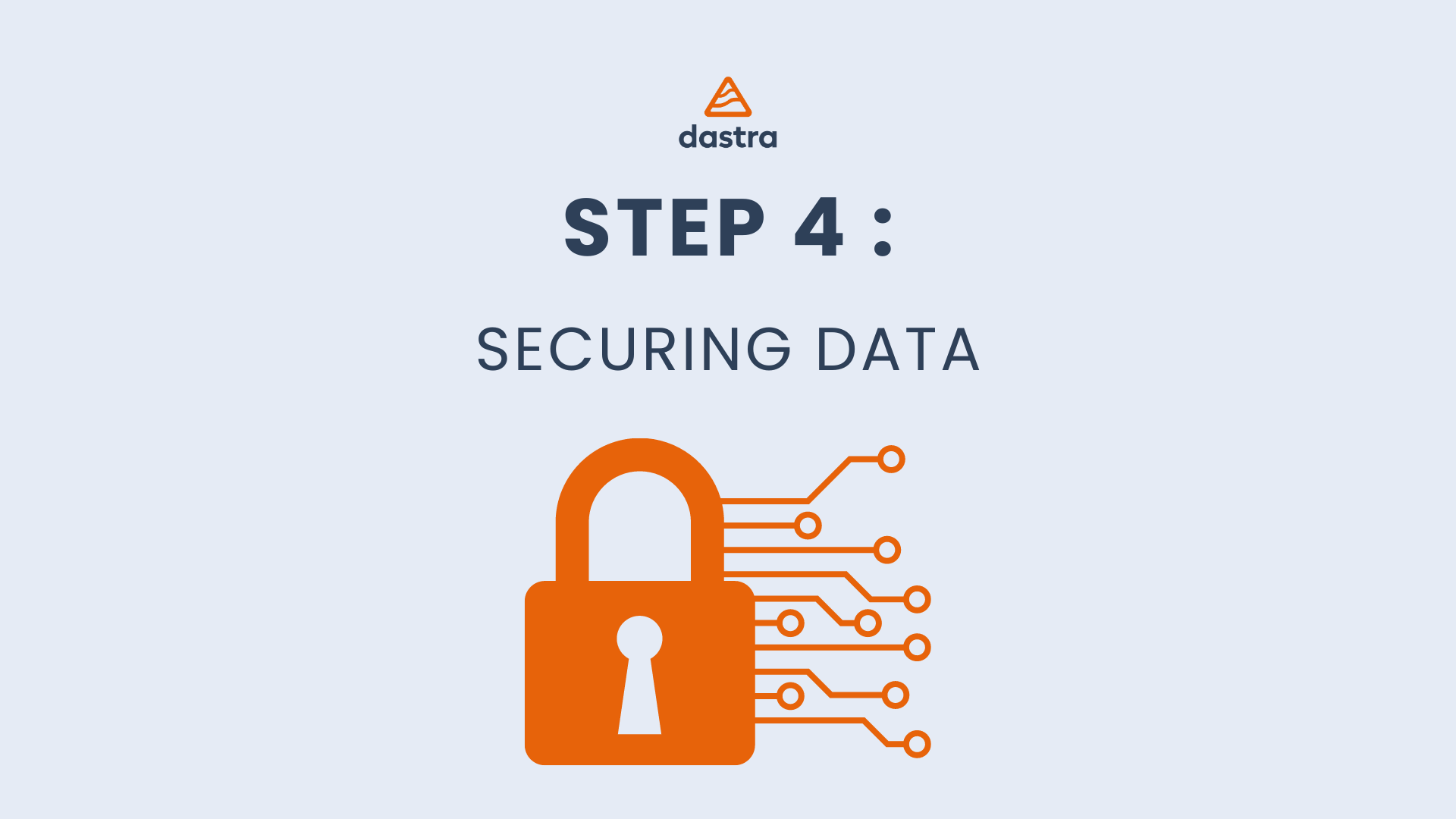 Protecting the data of your organization is essential! While achieving zero risk in computing is non-existent, it is imperative to take necessary measures to ensure the security of your data.
Protecting the data of your organization is essential! While achieving zero risk in computing is non-existent, it is imperative to take necessary measures to ensure the security of your data.
The measures to be adopted, whether they are related to information technology or physical security, depend on the sensitivity of the data you handle and the risks involved in the event of an incident.
Security breaches also have repercussions for both individuals who have entrusted their data and for your company. It is crucial to consider the consequences for individuals and your business.
Here are some examples of measures to adopt:
- Encryption: Use encryption protocols to protect data in transit and storage.
- Access management: Apply strict policies to limit access to authorized personnel.
- Updates: Keep all software up to date to address security vulnerabilities.
- Security awareness: Train users on best security practices.
- Backups: Regularly perform backups to ensure data availability.
- Monitoring: Use monitoring tools to detect any suspicious activity.
- Privacy policies: Develop policies in compliance with applicable laws and regulations.
- Physical security: Physically protect equipment that stores data.
- Security testing: Conduct regular tests to identify and correct vulnerabilities.
By following these measures, you strengthen the security of your data and minimize the risks of unauthorized access or loss.
Step 5: Staff Training
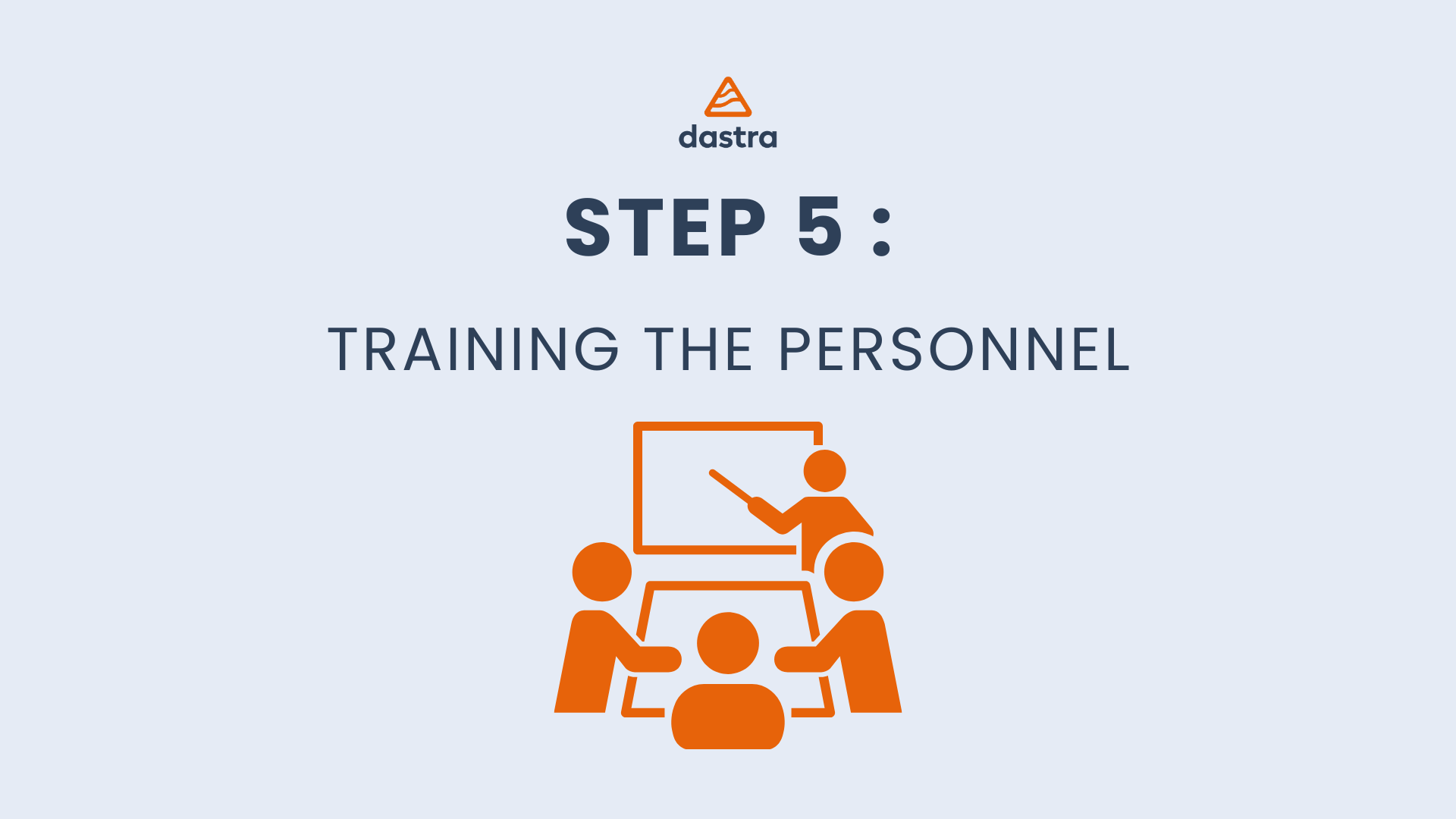 GDPR awareness is crucial for all staff handling personal data within an SME. Provide appropriate training to ensure that everyone understands legal obligations and knows how to manage data properly, prevent breaches, and report security incidents.
GDPR awareness is crucial for all staff handling personal data within an SME. Provide appropriate training to ensure that everyone understands legal obligations and knows how to manage data properly, prevent breaches, and report security incidents.
Step 6: Conduct Periodic Assessments and Adjustments
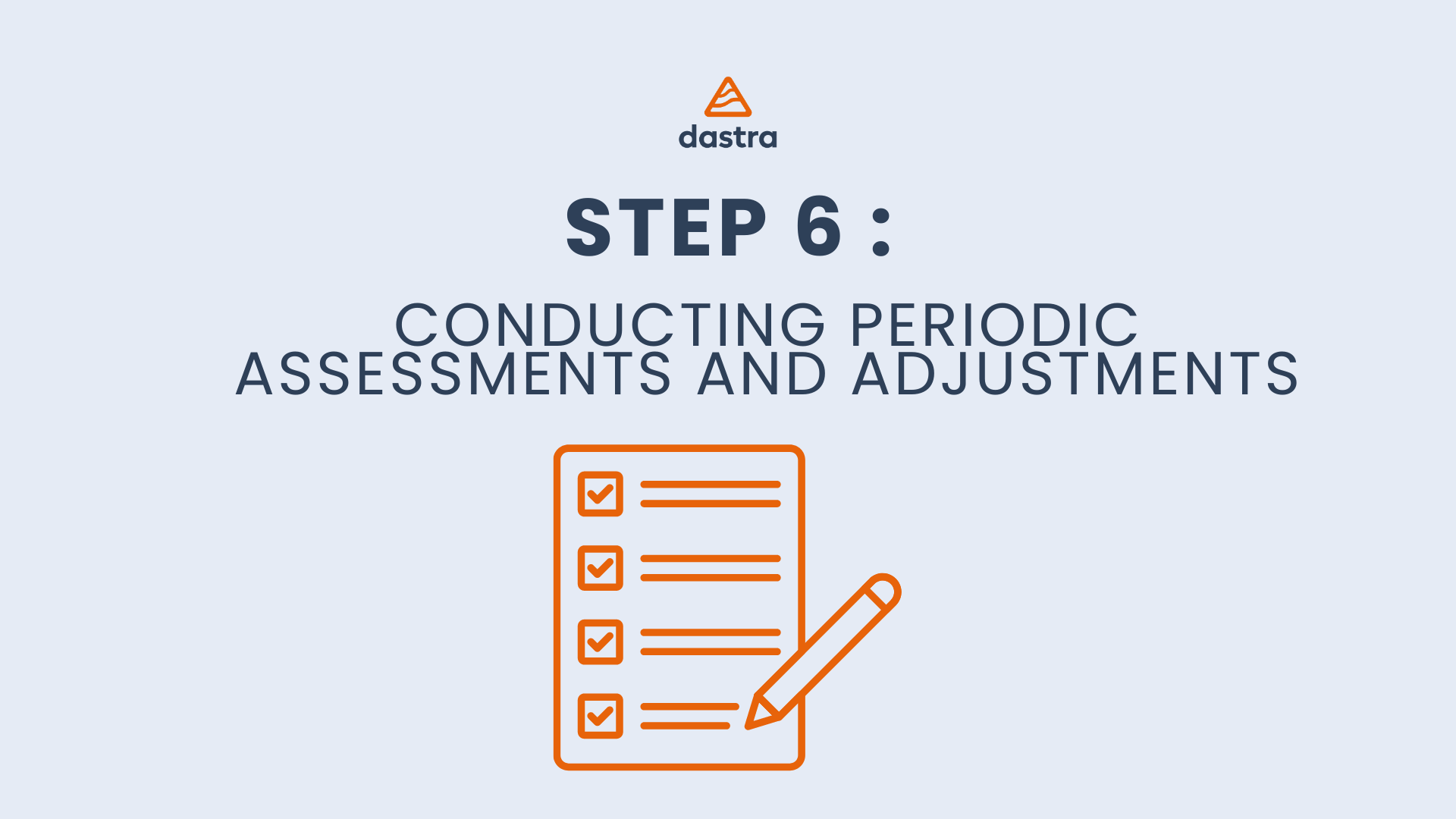 GDPR compliance is not static. It is crucial to conduct regular assessments to ensure that your practices remain in line with regulatory requirements. Adjust your procedures if necessary to stay compliant.
GDPR compliance is not static. It is crucial to conduct regular assessments to ensure that your practices remain in line with regulatory requirements. Adjust your procedures if necessary to stay compliant.
In conclusion, implementing GDPR in an SME requires time and effort, but it is a crucial investment to enhance customer trust, avoid potential fines, and protect sensitive data. By following these steps and remaining vigilant about regulatory changes, your business can adapt and thrive in a privacy-respecting environment.
If you want to achieve compliance quickly and easily, consider using GDPR software !
Dastra, the GDPR Software for SMEs
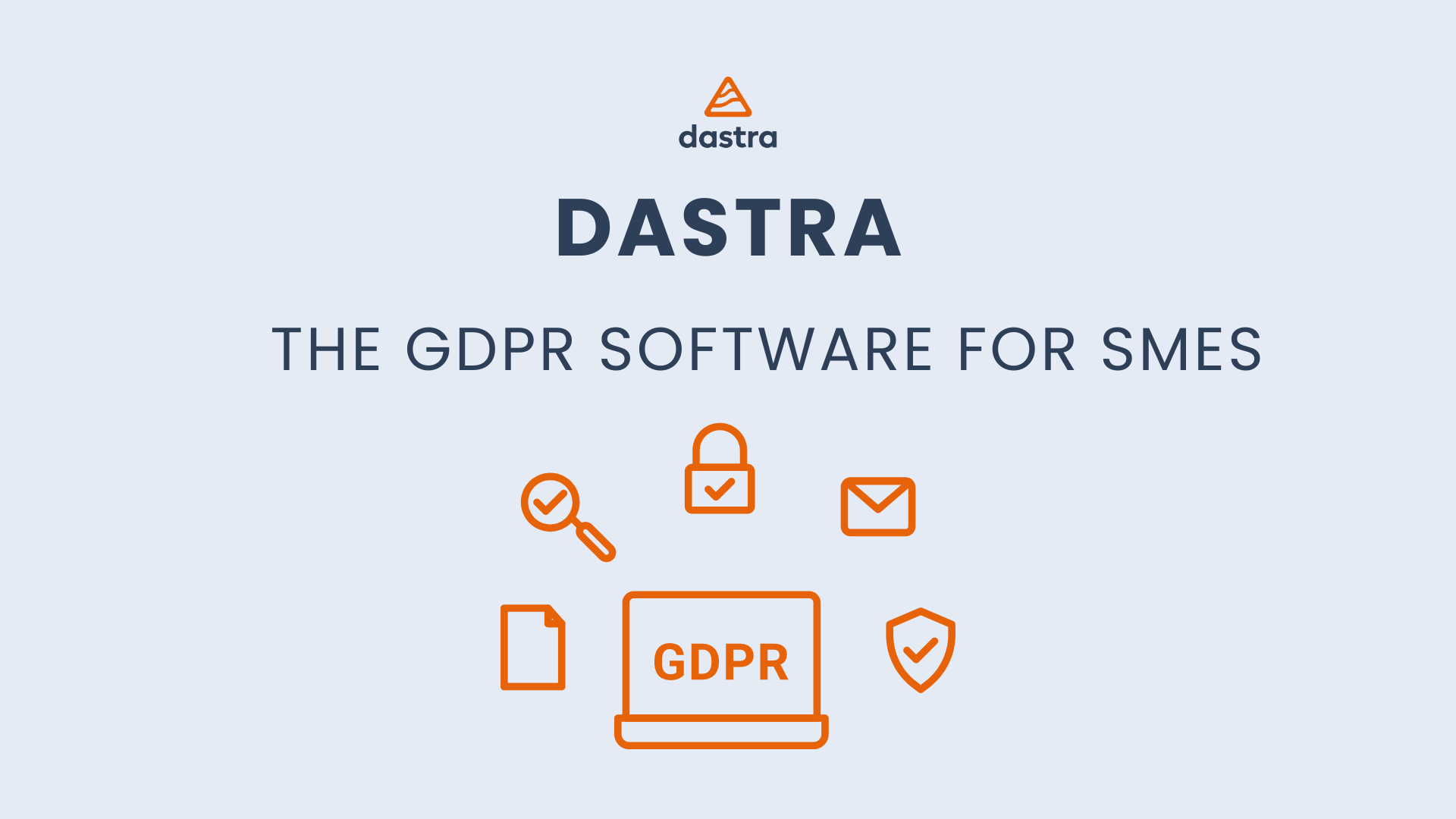 "If you're looking for an easy and intuitive tool to manage your GDPR compliance, use Dastra!
"If you're looking for an easy and intuitive tool to manage your GDPR compliance, use Dastra!
Dastra comes with numerous features that enable Data Protection Officers to meet all GDPR obligations: registry, rights exercises, incidents, DPIA (Data Protection Impact Assessment), privacy by design, in project mode, in a didactic and collaborative manner.
For any inquiries or demonstrations, please contact us!"
